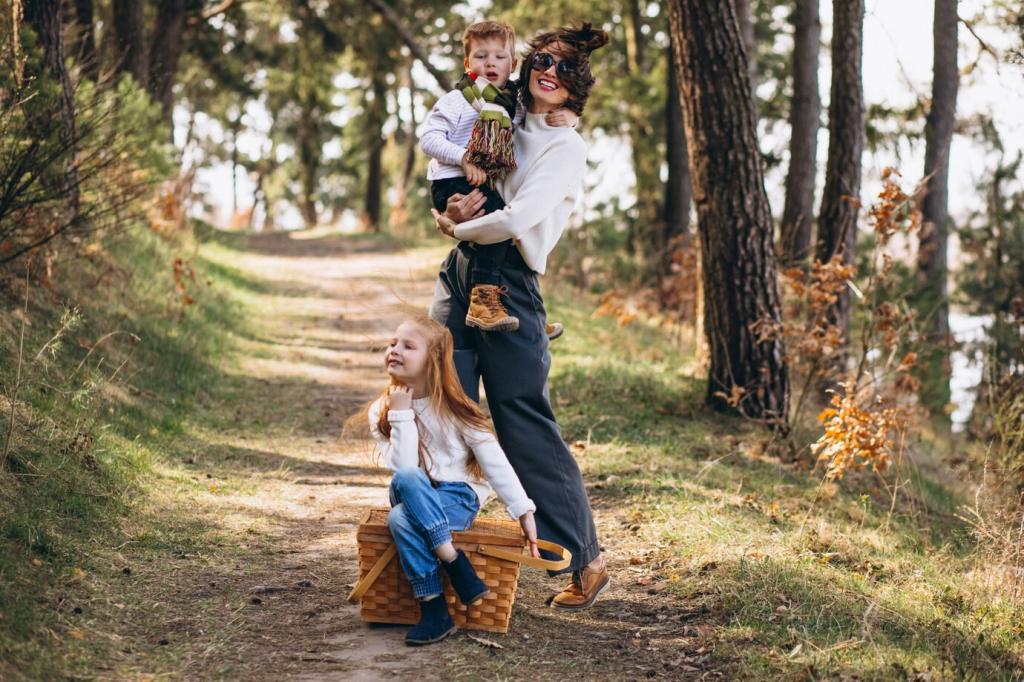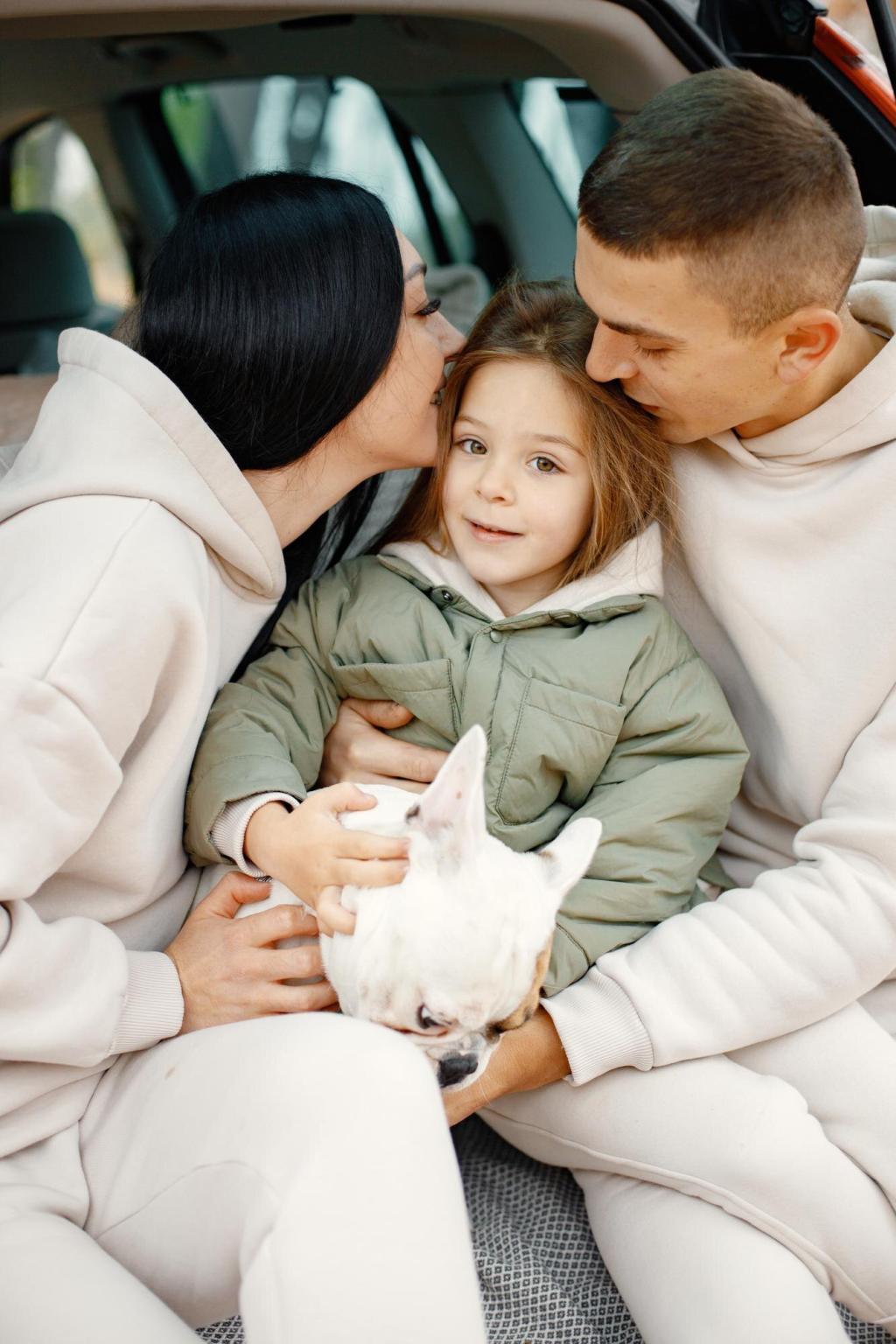Taste the World: Kid-Friendly Cultural Cooking
From congee to arepas, breakfasts reveal daily rhythms and values. Let kids vote weekly, compare textures, and note toppings. Read a short origin story before tasting. Tell us your family’s favorite breakfast swap, and we’ll feature a roundup of kid-tested, culturally rooted mornings.
Taste the World: Kid-Friendly Cultural Cooking
Build a scent atlas with labeled jars of cumin, cardamom, and smoked paprika. Kids close eyes, identify aromas, and imagine places they travel in their minds. Share your sensory discoveries and subscribe for a gentle spice ladder designed for young, curious palates.
Taste the World: Kid-Friendly Cultural Cooking
Invite elders to share the story behind a dish—who taught it, when it’s served, and what it means. Record your child’s questions and reflections. Post a short anecdote in the comments to inspire other families to weave history into their weeknight plates.







